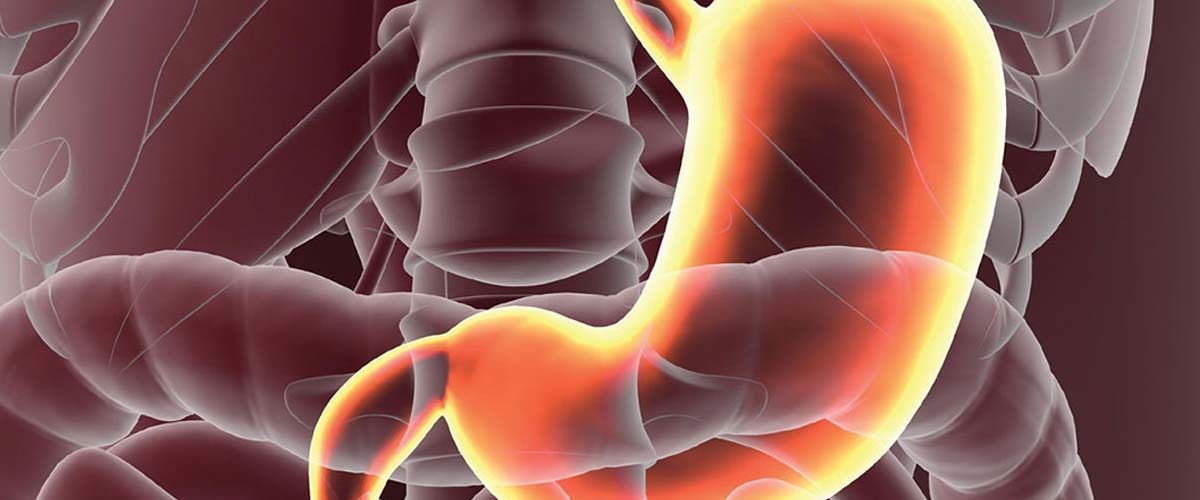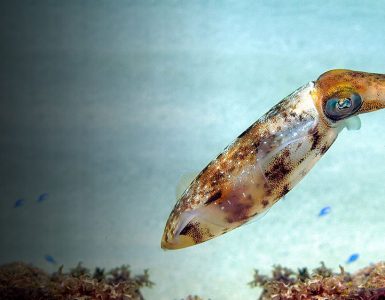The article published in the American Journal of Biochemistry and Molecular Biology by Tijani Abiola and his team highlighted that stem medications antioxidant property and anti-inflammatory properties are useful in alleviating pain stimulates gastric ulcers healing by depression of mitochondrial functions and activation of collagenase of the lesion.
NSAID is the most commonly prescribed drug for pain alleviation of pain, inflammation, neoplasia, and ischemic heart disease prevention. Regardless, these drugs are the main contributors to stomach ulceration and delayed ulcer healing due to suppression of growth factors, decreased angiogenesis, cell proliferation, and slow granulation tissue maturation. Thus, physicians prescribe supplementary drugs to promote ulcer healing such as proton pump inhibitors, H2receptor antagonists, and antisecretory drugs (e.g., omeprazole), prostaglandin analogs, mucosal defense agents (e.g., sucralfate), and various growth factors; however, the effects are short term.
The team emphasized, “ it is always favorable to prescribe a multipurpose drug for protection and quick repair of the injury.” Traditionally, plant medicine used benefited many locals in treating ulcers due to possessed antioxidant characteristics. Thus, the economical advantage, along with no associated adverse reactions, had led to a growing interest in these medicines.
Chasmanthera dependents (Hochst), a stem medicine was commonly employed to treat sprains and bruises, pain killers, and atonic for physical- nervous debilities. The team discovered that the anti-inflammatory and analgesic, antimicrobial, antifungal, and fertility enhancement properties of Chasmanthera classify it as an effective multipurpose drug. Tijani Abiola stated, “ the trial performed on rats demonstrated that the enrich antioxidant property of the oleic acid extract stimulated the healing of the indomethacin-induced ulcer .” His team also pointed out that the n-hexane extract of Chasmanthera dependents (OHECD)up-regulated the mitochondrial enzymatic activity, enhanced connective tissue component, and increased blood flow.
Source Story
Tijani Abiola, S., Fasawe M. Oluwaseun, Mrakpor O. Ono-jefe-eroro and Ebenezer O. Farombi, 2020. Regulation of Connective Components in Indomethacin-induced Gastric Ulcer Healing in Wistar Rats. American Journal of Biochemistry and Molecular Biology, 10: 35-44.
















Add comment